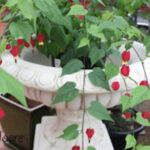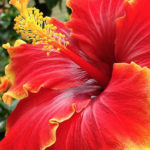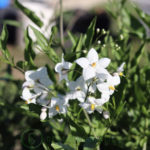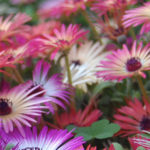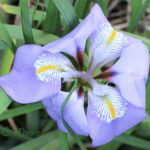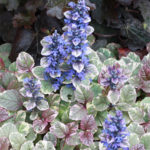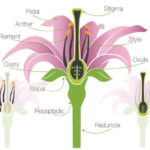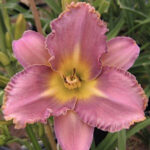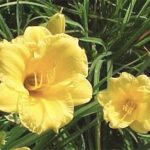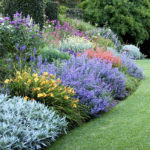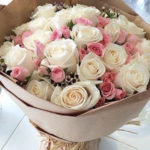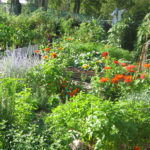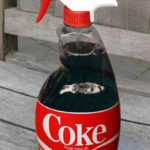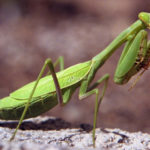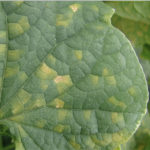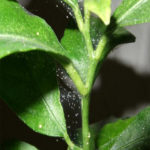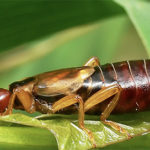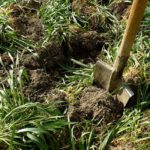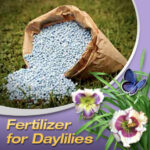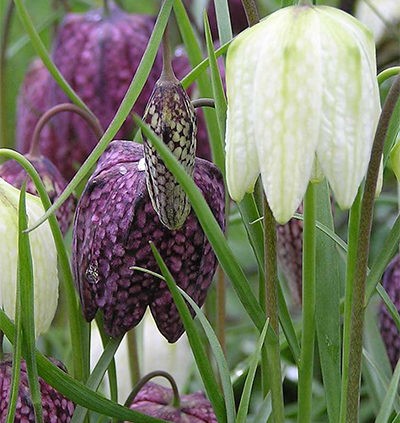
Fritillaria Meleagris Care
Fritillaria Meleagris – Guinea Hen Flower – Snakes Head Fritillary
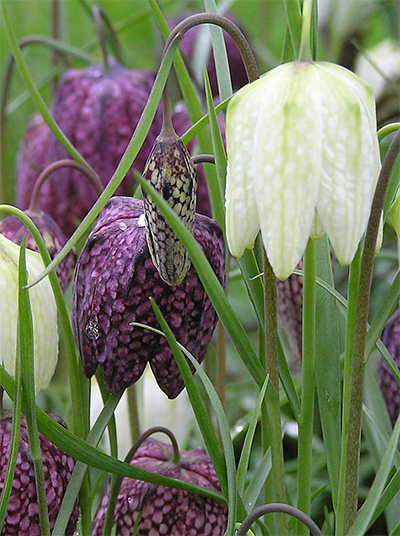 Fritillaria meleagris or snakes head fritillary is sure to attract attention in the garden. Fritillaries are popular garden bulbs that grow to 16 inches tall. The flowers appear in springtime with the late daffodils and ahead of the lily of the valley pips. These bulbs are frost hardy and prefer a cool frosty type climate with cold wintery conditions to grow and naturalise. The Fritillaria name is derived from the Latin word that means a dice-box. All the mixed coloured flowers of this plant have the checkered pattern and this is why it is probably known as the checkered lily. The extracts of this plant are used to make traditional Chinese medicines. The Fritillaria belongs to Lilioideae subfamily.
Fritillaria meleagris or snakes head fritillary is sure to attract attention in the garden. Fritillaries are popular garden bulbs that grow to 16 inches tall. The flowers appear in springtime with the late daffodils and ahead of the lily of the valley pips. These bulbs are frost hardy and prefer a cool frosty type climate with cold wintery conditions to grow and naturalise. The Fritillaria name is derived from the Latin word that means a dice-box. All the mixed coloured flowers of this plant have the checkered pattern and this is why it is probably known as the checkered lily. The extracts of this plant are used to make traditional Chinese medicines. The Fritillaria belongs to Lilioideae subfamily.
Description of Fritillaria
They are heirloom bulbous plants that belong to the lily family. The main attraction of the Fritillaria is the purple and white checked flowers. The flowers are bell-shaped and are very delicate. The flowers dangle from the top of grass like leaves. The flowers of the plant look larger than the leaves. The leaves are very narrow and are arranged in an alternate manner. The bulbs have a pungent smell and this smell can deter rodents from your garden. The Fritillaria is also known as the Guinea Hen flowers because the checked pattern of the purple and white
coloured flowers looks like the plumage patterning of the guinea fowl hens.
Growing Fritillaries
Fritillaries are very easy to grow and these flowering bulbs can multiply year after year. They prefer to grow in well drained and loamy soil. But, they are not real fussy about the soil and can grow in all types of garden soil. These flowering bulbs can withstand full sun or can grow in partially shaded areas. They also thrive in dappled shade areas.
- The bulbs have to be planted in a garden bed or pot of well draining soil and the hole in which the plant is planted must be at least 4 to 5 inches deep.
- The bulbs are rounded and there will be small points or indentations seen on the top. This is the side that has to be placed facing upwards.
- Plant each Fritillaria at least 6 inches apart. They have to be planted in the ground at a slight angle so that water does not get collected on top of the bulb and cause the bulb to rot.
- Water the soil after planting the bulb. The roots will develop during the autumn season and the foliage and flowers will start to show during the spring season.
Care for Fritillaries
Fritillaria does not need much care and maintenance.
- Once the blooming has finished and the season is over, you should keep the foliage on the plant and do not cut it off, never tie the foliage in knots.
- When the leaves turn, mid yellow and die, the foliage can be removed from the plant.
- Make sure to remove the flower head after it has faded away. Otherwise, it will set seed.
- You can allow the foliage to wither off naturally every year as well.
- Make sure that you water the plant with the required amount of water during the spring season and reduce then stop the water during the summer period.
- Adding a good organic fertiliser to the soil after the bloom period will get them to bloom again the following flowering season.


